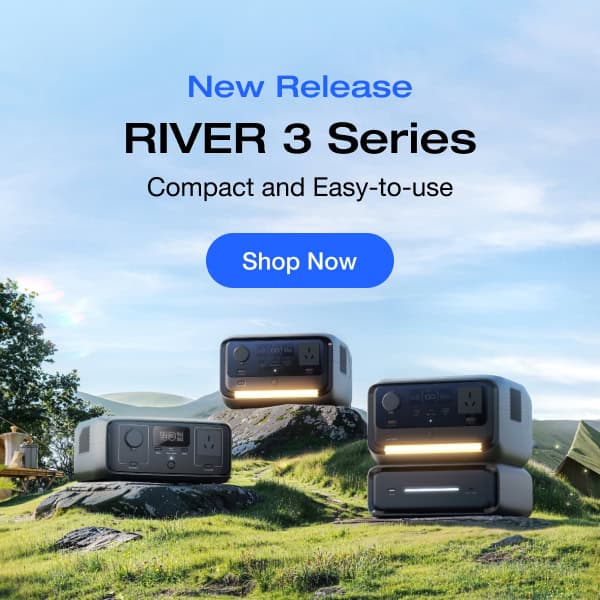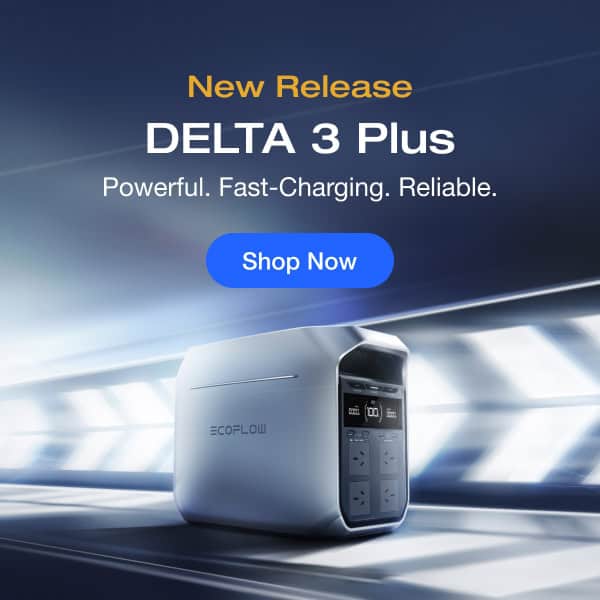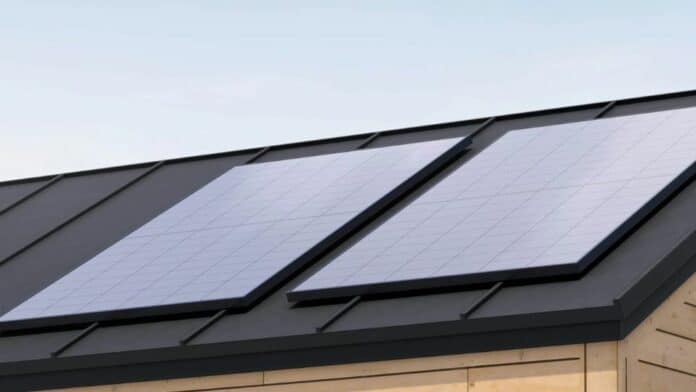If you’re looking to reduce your energy costs and make a positive impact on the environment, learning how to choose solar panels is the first step toward a more sustainable future. With a wide range of options available, it can be tricky to know where to start. But don’t worry—in this guide, we’ll cover everything you need to know about choosing the best solar panels for your needs—whether you’re looking for type, efficiency, or cost-effectiveness.
Why Choosing the Right Solar Panels Matters
The right solar panels don’t just save you money; they save the planet too. Here’s why your appropriate solar panels for your home choice matters.
- Maximized Efficiency: Not all solar panels are equally efficient. Selecting the right panels ensures you get the most energy from your space, especially if you have limited roof area.
- Cost vs. Value: While cheaper panels may save you money upfront, they can lead to higher costs in the long run due to lower efficiency or shorter lifespans.
- Long-Term Durability: Solar panels are a long-term investment, and choosing durable panels means fewer repairs and replacements.
- Environmental Impact: The right panels help reduce your carbon footprint by generating more clean energy, reducing reliance on fossil fuels.
Factors to Consider When Choosing Solar Panels
Selecting the ideal solar panel system requires careful evaluation of numerous technical, environmental, and financial factors for a good investment. This section explores the most important aspects to consider so know how to select solar panel for home.
Types of Solar Panels
Different installation requirements and budgets call for different types of solar panels. Knowing the special qualities of every kind will enable you to choose which one satisfies your energy demand. Below are the types of solar panels on the market:
1. Monocrystalline Solar Panels
Monocrystalline panels are made from a single silicon crystal and are known for their high efficiency and sleek, uniform appearance. They perform well in small spaces and are ideal for homeowners who want maximum power generation with limited roof space.
- Efficiency: Typically 15-20%
- Best For: Homes with limited roof space or areas with high energy demands.
2. Polycrystalline Solar Panels
Polycrystalline panels are made by melting several silicon crystals together. While they are less efficient than monocrystalline panels, they are more affordable and still provide reliable performance.
- Efficiency: Typically 13-16%
- Best For: Homeowners on a budget or with more roof space who still want to generate reliable solar energy.
3. Thin-Film Solar Panels
Thin-film panels are made by depositing a thin layer of photovoltaic material onto a substrate. These panels are lightweight, flexible, and can be used on a variety of surfaces, but they are generally less efficient than crystalline panels.
- Efficiency: Typically 7-18%
- Best For: Large areas or unconventional surfaces, like RVs or curved rooftops.
4. Bifacial Solar Panels
Bifacial panels capture sunlight from both the front and back of the panel, allowing them to generate more energy by utilizing sunlight reflected off the ground or nearby surfaces. These panels are highly efficient and are especially useful in areas where light reflection is strong, such as snowy regions or white rooftops.
- Efficiency: Can generate 10-30% more energy than traditional panels depending on environmental conditions.
- Best For: Environments with high reflectivity (e.g., snow, light-colored surfaces) or larger installations where maximizing energy production is a priority.
5. Heterojunction (HJT) Solar Panels
Heterojunction panels combine thin-film and monocrystalline silicon technologies. This hybrid design gives them extremely high efficiency and superior performance, especially in low-light conditions. They are also more temperature-resistant than traditional panels, making them ideal for hot climates.
- Efficiency: Up to 23% or more.
- Best For: Homeowners who want the highest efficiency and can afford the premium price tag, especially in climates with high temperatures or variable sunlight.
6. PERC (Passivated Emitter and Rear Cell) Solar Panels
PERC technology involves adding a passivation layer to the rear of the solar cell, which reduces energy loss and boosts efficiency. These panels are more efficient than traditional monocrystalline panels, especially in terms of energy output during peak sunlight hours.
- Efficiency: Typically 18-22% (with some reaching 23% or higher).
- Best For: Homeowners looking for good efficiency at a more affordable price point, and those who want higher performance in standard sunlight conditions.
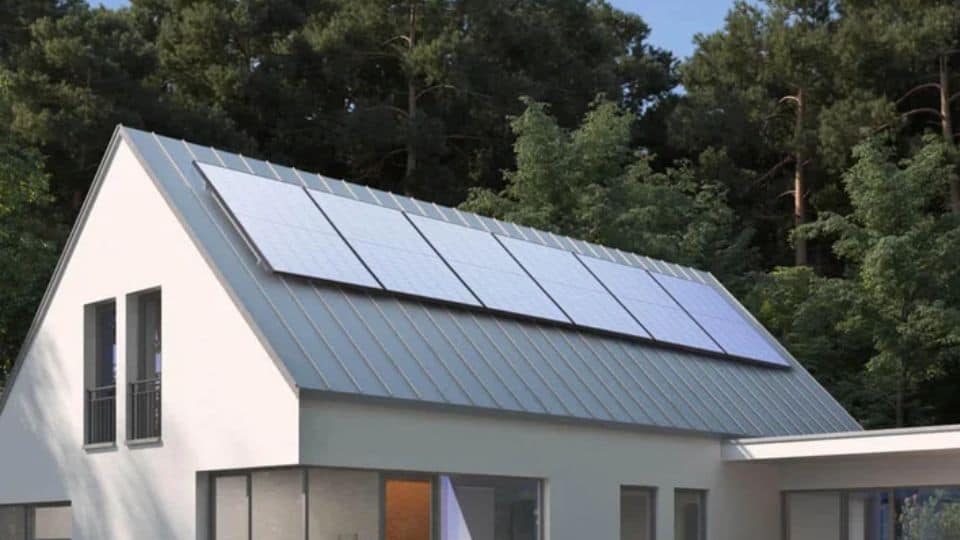
Solar Panel Efficiency
Efficiency is one of the most important factors to buy solar panels. It determines how much sunlight a panel can convert into usable electricity. Higher efficiency panels generate more electricity in a smaller space, making them ideal for homes with limited roof space.
- High-Efficiency Panels: Panels such as monocrystalline and HJT offer higher efficiency (over 20%) and are ideal if you have limited space or want to maximize energy generation.
- Lower-Efficiency Panels: Polycrystalline and thin-film panels offer lower efficiency (below 18%), which means they require more space to generate the same amount of electricity as higher-efficiency models.
If space is tight, prioritize high-efficiency panels like monocrystalline or HJT. For larger installations, you can consider polycrystalline or PERC panels if you’re looking for a balance between cost and performance.
Power Output and System Size
The power output of a solar panel refers to how much electricity it can produce under ideal conditions. The system size, determined by the number of panels you need, directly impacts how much energy your system will generate.
- Power Output per Panel: Solar panels are rated by their output, typically between 250 and 400 watts per panel. Panels with higher output ratings will generate more electricity.
- System Size: Your system size should be based on your household’s energy consumption. A typical home may need anywhere from 5 to 20 solar panels depending on energy usage and roof space. Larger homes or those with higher energy demands will require more panels. You can enjoy the benefits of solar panels at home when they provide more power than your household uses.
Start by calculating your average energy usage (found on your electricity bill) to determine how many panels you need. Consider any future changes in energy needs, such as electric vehicles or home expansion, and ensure your system is large enough to meet both current and future demands. For small solar systems, a power station is highly recommended. These can store excess power generated by your compact solar panels for use at night or in emergencies.
Durability and Weather Resistance
Since solar panels are exposed to the elements year-round, it’s essential to choose ones that are built to endure harsh environments, such as heavy snow, hail, rain, or extreme temperatures.
- Durability: Look for panels with warranties of at least 2 years. Panels with high-quality materials and weather resistance are less likely to need repairs or replacements.
- Weather Resistance: Panels should be able to withstand extreme weather conditions, including snow, hail, and high winds. Check for panels with a good IP rating (Ingress Protection) for resistance to moisture and dust. Panels rated IP67 or higher offer excellent protection against water and dust.
- IEC Standards: To ensure that solar panels are of high quality and durable, they should meet IEC (International Electrotechnical Commission) standards, which outline the required performance and safety measures. Panels meeting IEC 61215 and IEC 61730 certifications have undergone rigorous testing for durability and safety, ensuring they can withstand environmental factors like UV exposure, thermal cycling, and mechanical stresses.
Buy solar PV panels with a strong warranty, high weather resistance ratings, and meet IEC standard, particularly if you live in an area prone to extreme weather conditions.
Cost vs. Value
When deciding which solar panels to choose, balancing the initial cost with the long-term value is crucial. Although solar panels can require a significant upfront investment, they offer substantial savings over time. To maximize this investment, it’s important to understand the total cost, available incentives, and the return on energy savings.
- Initial Cost: The price of solar panels varies depending on the technology and efficiency. Monocrystalline and Heterojunction (HJT) panels generally come at a higher price due to their advanced technology and greater energy efficiency. On the other hand, polycrystalline and PERC panels are more affordable but typically provide lower efficiency.
- Long-Term Value: Beyond the initial purchase, the real value of a solar system is found in the energy savings it provides. Efficient panels reduce your electricity bills more effectively, making them a worthwhile investment over time. While they may cost more upfront, high-efficiency panels offer better returns in the long run due to greater energy production and savings.
- Financial Incentives and Rebates: Several government incentives can help make solar more affordable:
- Small-Scale Technology Certificates (STCs), commonly referred to as the solar rebate, can lower the upfront cost by offering a certificate based on your solar system’s size and location.
- Feed-In Tariffs (FiTs) allow you to earn money for the excess electricity your system generates and feeds back into the grid. The rate varies by state, but it provides an ongoing source of revenue, helping you recover the cost of your system faster.
- State-Specific Programs: Depending on your location, there may be additional incentives, such as:
ACT: Sustainable Household Scheme
NSW: Peak Demand Reduction Scheme (PDRS) for residential batteries
NT: Home and Business Battery Scheme
VIC: Solar Homes Program
Be sure to check the eligibility criteria for any rebate or incentive.
- Financing Options: If the upfront cost is still a barrier, many financial institutions offer loans or payment plans specifically for solar system installations. These options typically come with competitive interest rates, allowing you to pay off your solar system in manageable installments.
Selecting a solar panel that provides your house’s optimal cost and long-term value balance requires carefully comparing the overall lifetime expenses. The value should give you a return on what you pay when you set up solar panel system at home.
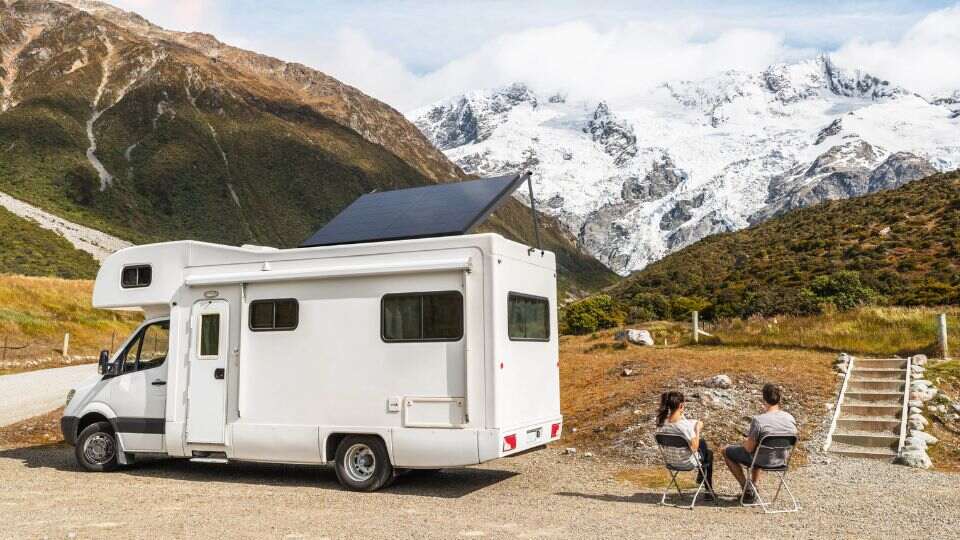
The Best Solar Panels In 2025
As you weigh the different options for solar panels, it’s important to keep in mind that not all panels are created equal.
If you’re looking to take your solar setup to the next level in 2025, the EcoFlow 400W Rigid Solar Panel stands out as a top choice. Featuring a 23% efficiency rate, this panel ensures you capture more sunlight and generate more power, no matter the weather. Plus, with its IP68 rating, the panel is tough enough to handle extreme conditions—whether you’re powering your home or outfitting your RV for off-grid adventures.
Ready to purchase solar panels and embrace energy independence? The EcoFlow 400W Rigid Solar Panel could be the perfect solution for you.
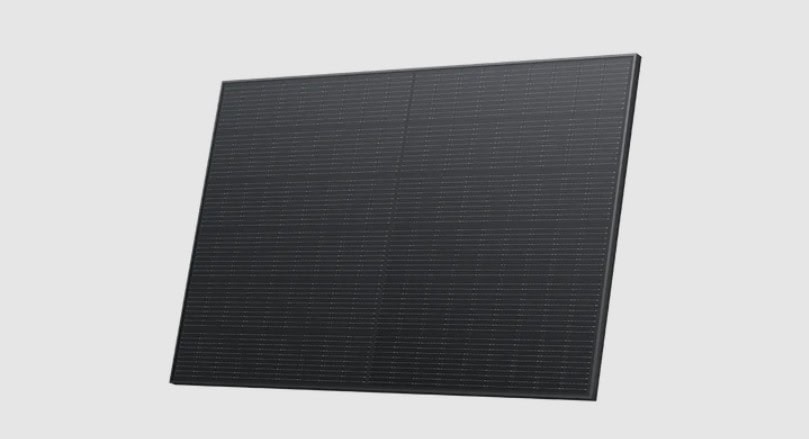
Conclusion
Knowing how to select solar panels can maximize energy efficiency and cut long-term energy expenses. Our guide on solar panel factors lets you find the right fixture for your home. Factors like system size, durability, and efficiency determine your solar system’s energy independence. Following the guidelines and recommendations lets you find reasonably priced and sustainable solar panels. To fully enjoy the benefits of solar energy, consider the EcoFlow 400W Rigid Solar Panel for your home or outdoor trip today!
FAQs
How do I calculate what size solar panel I need?
Finding the perfect size for your solar panel system requires knowing your average home usage. Start by figuring out your typical monthly use according to your power bills. Always consider any variations brought about by seasonal changes or property renovations. Using these numbers, find the needed wattage and include a safety buffer for efficiency losses. This approach guarantees that you select solar panels to cover more than your home’s energy usage.
What brand of solar panel is best?
At EcoFlow, we pride ourselves on delivering consistent quality and innovative designs. Every EcoFlow solar panel meets rigorous industry standards, including IEC certifications for weather resistance, ensuring durability in even the harshest conditions. Our panels are also known for their higher energy efficiency compared to many standard options on the market, making them a great choice for those looking to maximize their solar investment.
What is the best type of solar panel for home use?
Monocrystalline solar panels are often the best choice for home use due to their high efficiency and sleek design. They perform well even in shaded areas and require less roof space to generate more energy. With long-term reliability and a longer lifespan, monocrystalline panels offer excellent savings and consistent daily performance.
